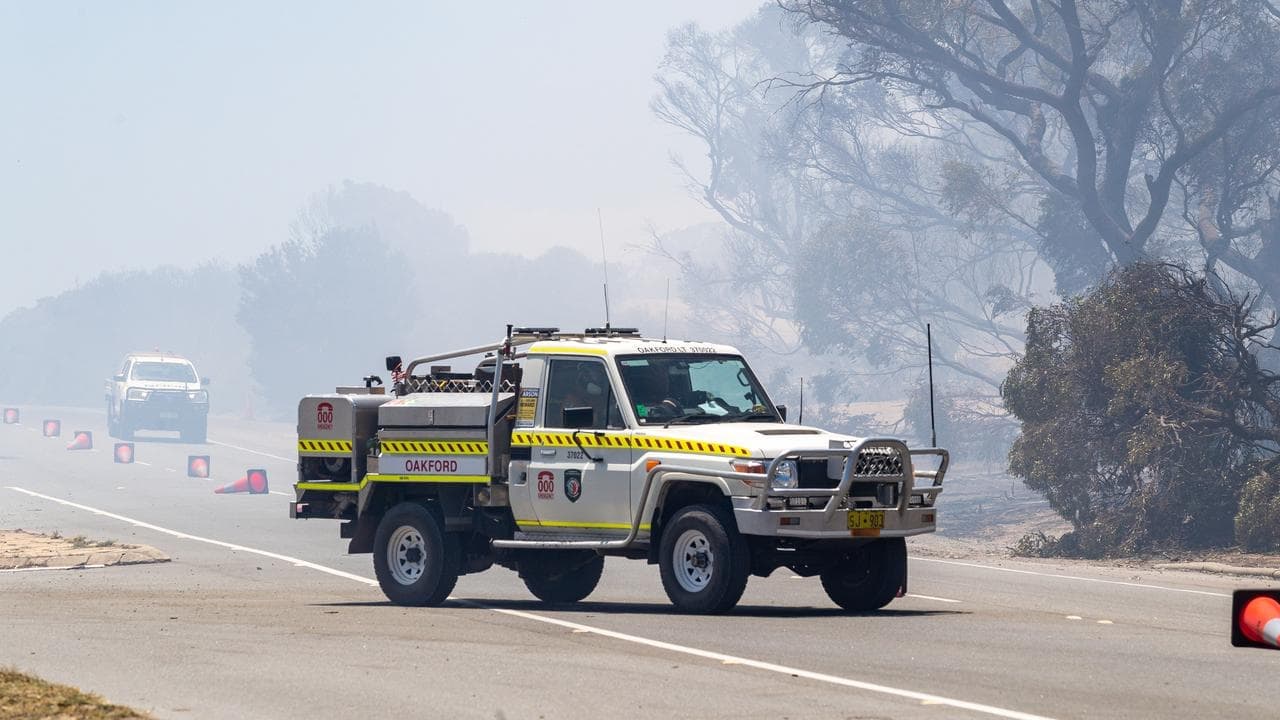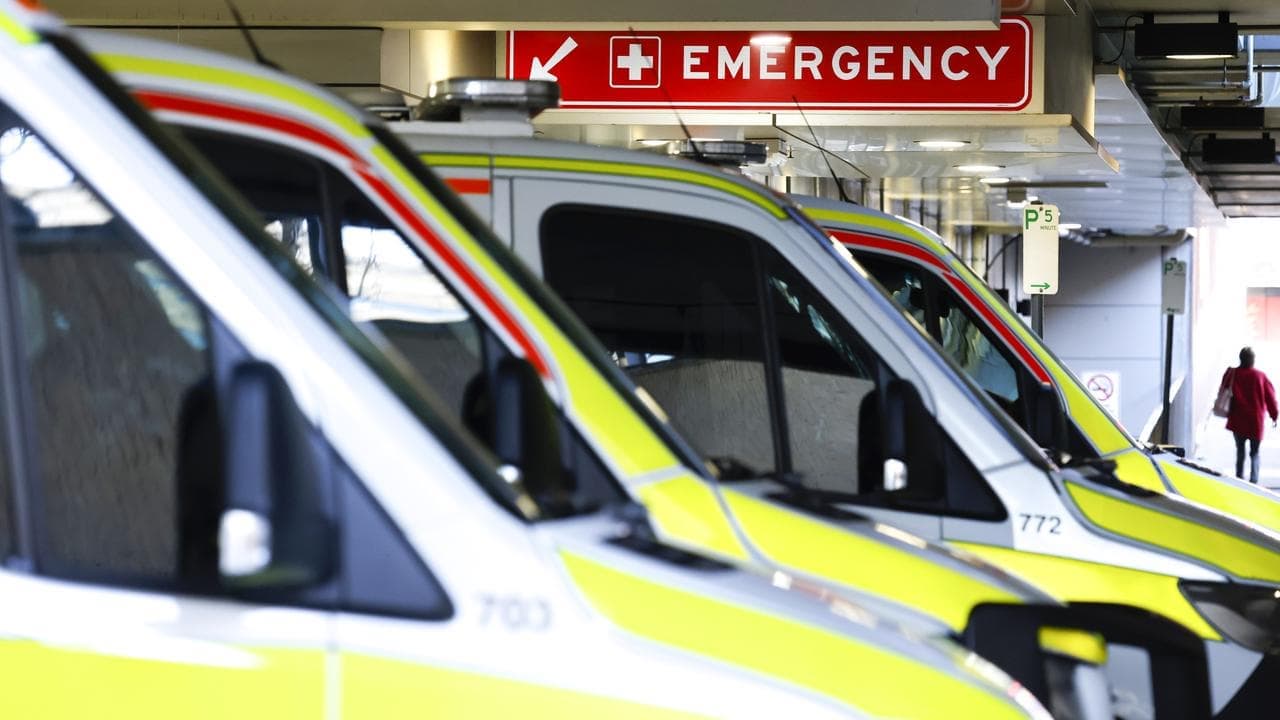Prime Minister Scott Morrison says Australia's reduction in carbon emissions of more than 20 per cent since 2005 is "broadly in line" with that of the European Union.
However, a comparison of Australia and EU emissions data shows that's not the case.
Speaking to the Victorian Chamber of Commerce and Industry on November 10, 2021, the prime minister said: "Australia has already reduced our emissions by more than 20 per cent… … a 20 per cent fall is broadly in line with what's being achieved across the EU."
The speech also appeared as a column in the Herald Sun newspaper on November 11 (page 48).
According to the UN climate change time series, a database of emissions output for 43 countries, the EU cut emissions by 22.5 per cent between 2005-2019 compared with a 15.2 per cent reduction for Australia.
The UN data shows between 2005 and 2019, Australia's GHG net emissions reduced from 612,049 kilotonnes (kt) to 518,865kt while EU net emissions dropped from 4,923,959kt to 3,814,473kt.
When AAP FactCheck asked the prime minister's office for the basis of the claim that Australia's reductions were "broadly in line" with achievements across the EU, a spokesperson for the PM provided the following statement: "Between 2005 and 2019, Australia (-15%) achieved a similar or greater reduction in emissions than sixteen European countries, including Austria (-8%), Belgium (-19%), Czech Republic (-2%), France (-19%), Germany (-20%), Hungary (-17%), Iceland (+4%), Latvia (+95%), Lithuania (-19%), Luxembourg (-16%), Netherlands (-15%), Norway (-7%), Poland (+6%), Ireland (-16%), Slovenia (+30%) and Switzerland (-16%).
"Looking forward to 2030, Australia is projected to achieve a similar per capita reduction to the EU."
The list from the PM's office does not include all 27 EU countries and some in the list - Switzerland, Norway and Iceland - are not EU members.
The emissions information is drawn from data reported under the United Nations Framework Convention on Climate Change (UNFCCC), which at the time of writing covers annual emissions up to 2019.
The data from the prime minister's office showed only a 15 per cent reduction for Australia in the period up to 2019 and not the "more than 20 per cent" referred to by Mr Morrison.
However the Department of Industry, Science, Energy and Resources publishes GHG quarterly updates of Australian emissions going back to September 1999. These quarterly updates do not exactly match UN figures due to differences in how emissions are measured, seasonal adjustments and revisions that may occur.
Using the Australian GHG data, Australia recorded a 20.5 per cent drop in emissions, from 625.2Mt (million tonnes CO2-equivalent) in 2005 to 497.3Mt in 2020, using seasonally adjusted calendar years.
Global emissions fell sharply in 2020 due to COVID-19.
Professor Frank Jotzo, director of the Centre for Climate and Energy Policy at ANU's Crawford School of Public Policy, told AAP FactCheck in an email that Australian emissions were lower than usual in 2020 because of lockdowns as well as more renewable energy entering the grid.
Comparable data including 2020 for the EU shows the Europeans still
cut emissions at a faster rate than Australia.
A 2021 European Environment Agency report shows (Fig 1.1) that the EU cut its emissions from 4639Mt to an estimated 3377Mt over the same period - a reduction of around 27 per cent.
The Verdict
The prime minister's claim is complicated by differing timelines and datasets but a basic assessment shows that Australia's emissions reduction efforts are behind those of the EU as a whole. Against a range of European countries selected by the PM's office, Australia's emissions reduction is in the middle of the pack.
Mixture - The claim includes accurate information but also significant errors or problems.
Editor's note: AAP FactCheck has expanded its ability to fact-check environmental issues with the support of the Australian Conservation Foundation. AAP FactCheck retains full editorial independence in this project and continues to apply the rigorous standards required for accredited members of the International Fact-Checking Network.












